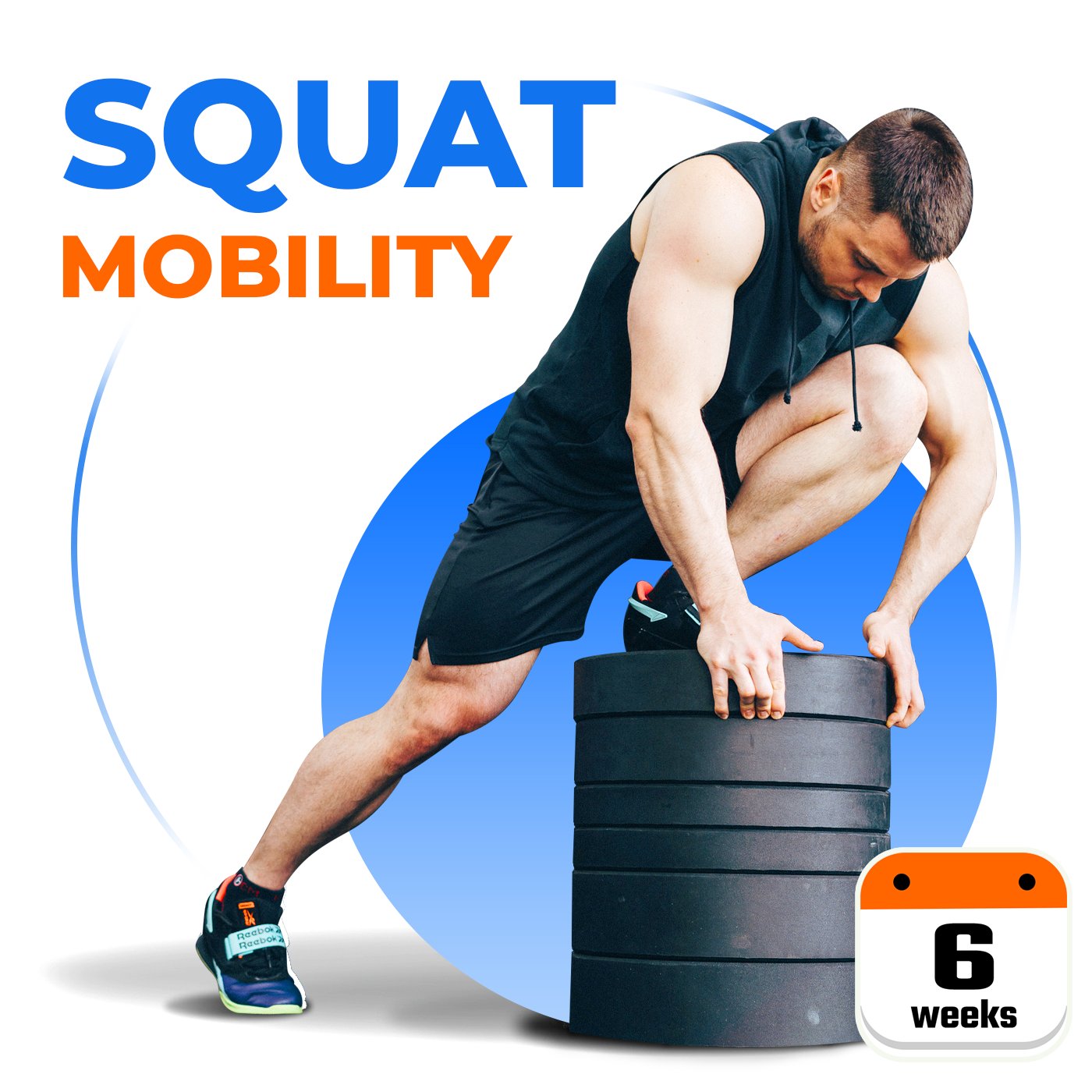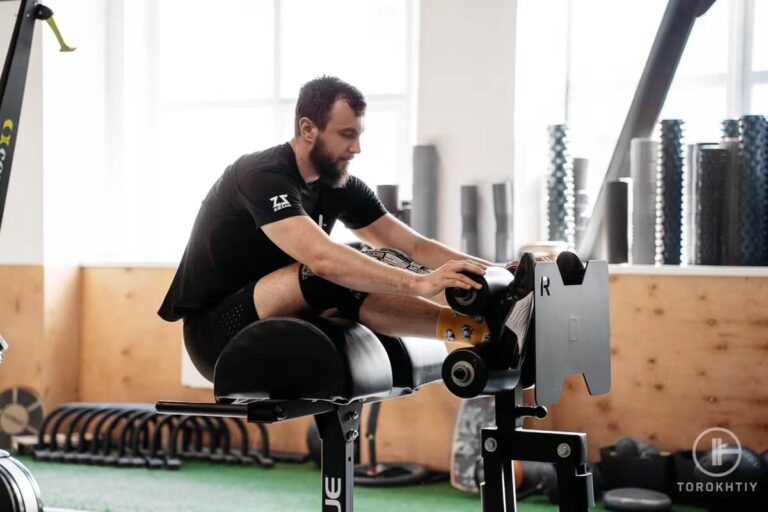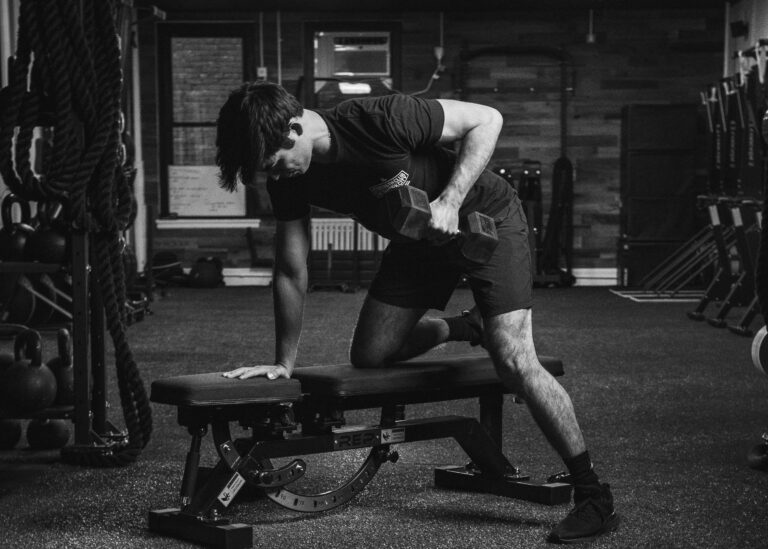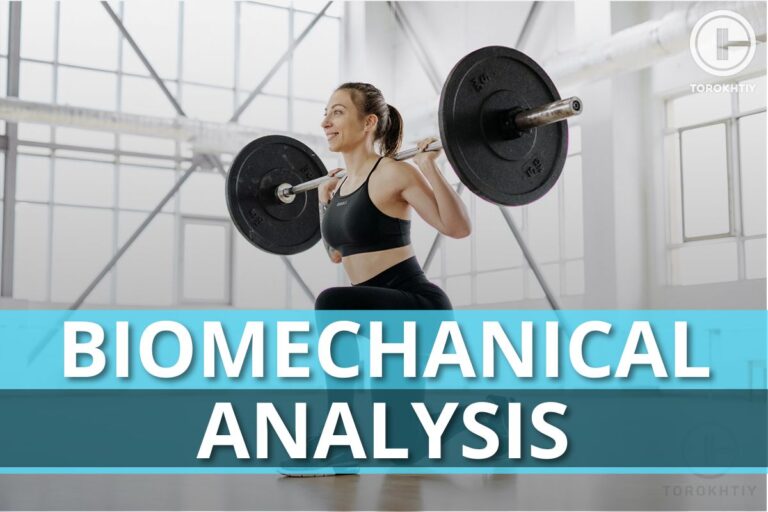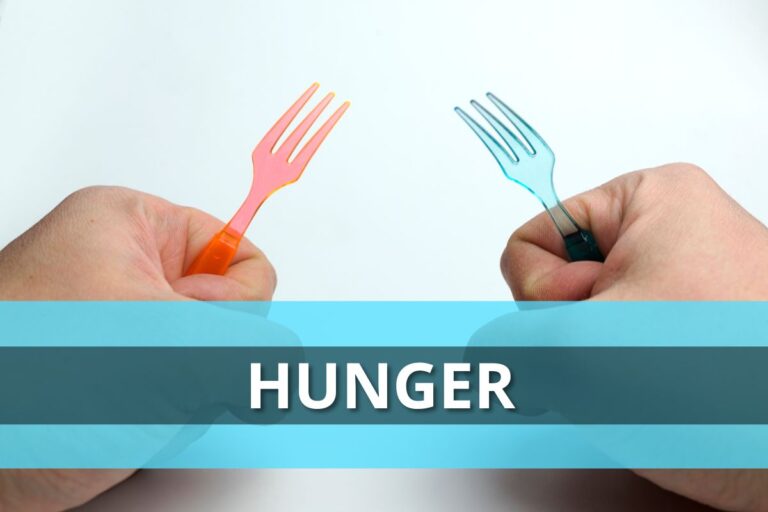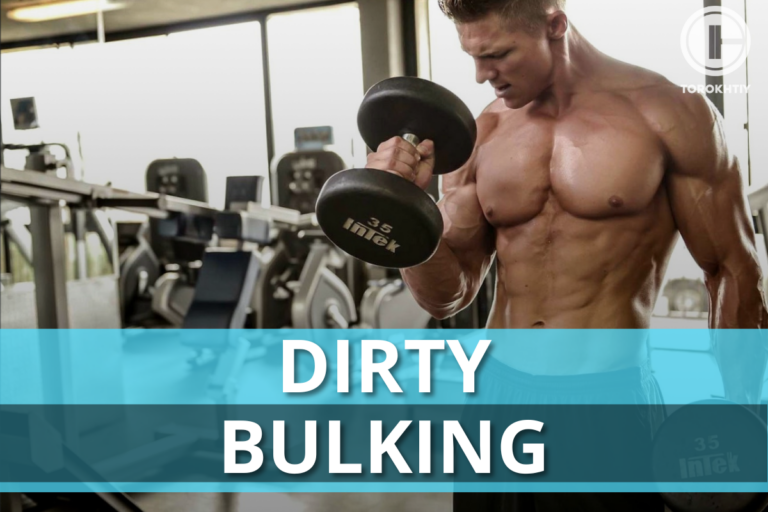Shoulder Pain When Squatting: Causes & Prevention
Shoulder pain during squatting is a surprisingly common issue that affects both novice and seasoned athletes. This discomfort can range from a mild annoyance to a debilitating condition that severely limits one’s ability to perform squats from mental exercise.
In many strength and conditioning programs squatting it’s not just like exercise. It requires coordinated effort of your entire body, including the shoulders, which play a crucial role in Bar placement and stability throughout the movement.
Shoulder pain when squatting, often signals issues with form, insufficient shoulder mobility or underlining joint conditions. Ensuring correct bar placement and incorporating shoulder strengthening exercises can help alleviate this pain. If discomfort persists, ask for help from a healthcare professional.
Shoulder pain when squatting, often signals issues with form, insufficient shoulder mobility or underlining joint conditions. Ensuring correct bar placement and incorporating shoulder strengthening exercises can help alleviate this pain.
If discomfort persists, ask for help from a healthcare professional.
The prevalence of shoulder pain in squatting scenarios, often stems from a variety of factors, including improper technique, inadequate shoulder mobility, muscle imbalances, or previous injuries.
Given the squat`s critical role in building lower body strength, enhancing athletic performance and supporting daily functional movements, addressing shoulder pain is not merely about alleviating discomfort, but also about ensuring the longevity of once fitness journey and overall health.
Ignoring shoulder pain can lead to worsening symptoms, longer recovery and potentially chronic issues that could sideline and individual from much of their training.
Understanding the mechanism behind shoulder pain when squatting and implementing preventative and corrective strategies is paramount for anyone looking to maintain a healthy active lifestyle.
This article aims to shed light on the underlying causes of shoulder discomfort during squads and offer practical advice for prevention, treatment and pain management, ensuring that athletes can continue to squat safely and effectively.
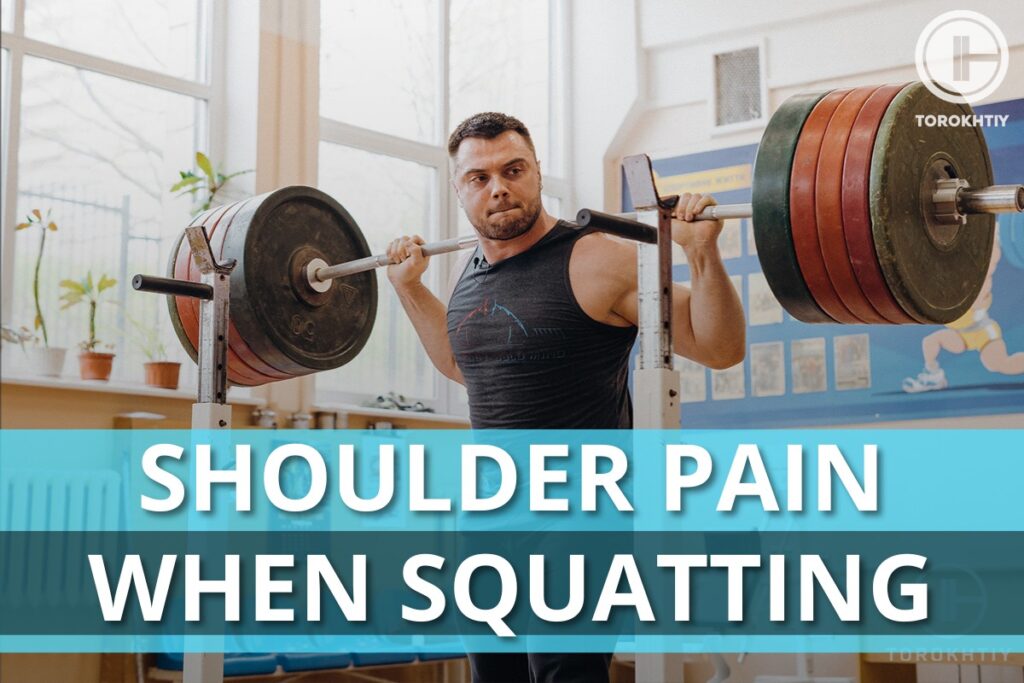
Understanding Shoulder Pain in Squats
Shoulder pain, when squatting often arises from the complex interplay of the mechanics and technique during the exercise. Squatting, particularly with variation like the low bar squat, places significant demands on the shoulder joints.
The shoulders must externally rotate and retract to secure the bar in place position that can stress the shoulder muscles, tendons and joints, especially if one`s mobility and strength are not up to par.
A key reason why your shoulder hurts when you squat can be traced back to improper bar placement in a low bar squat, the bar sits lower on the upper back, requiring more shoulder flexibility.
For those lacking in shoulder mobility or with muscle imbalances, this position can overly strain the rotator cuff muscle and the shoulder joint, leading to discomfort and overtime injury.
Another common mistake contributing to shoulder pain during squats is inadequate warm-up and mobility to work. Without proper preparation, the shoulders may not be sufficiently loosened and warmed up for the demand of squatting, increasing the risk of pain and injury.
Additionally, too narrow a grip increases tension on the shoulders while too wide grip can reduce control and stability.
Furthermore, individuals often overlook the importance of overall posture and shoulder blade positioning and stability during the squat. Poor scapular control, and alignment can lead to dysfunctional movement patterns, placing undue stress on the shoulders.
Types of Squats and Shoulder Stress
Squat variations, such as the low bar and high bar squats, have distinct impacts on the shoulders, each placing unique demands on this complex joint. Understanding the biomechanical differences between these variations is crucial for managing and preventing shoulder stress and pain.
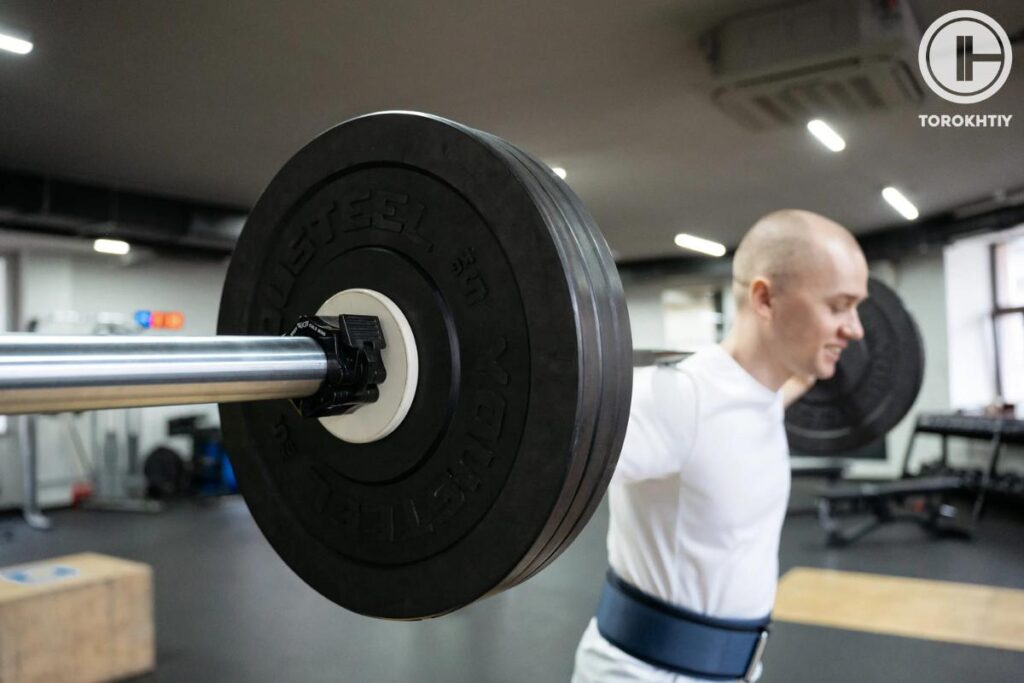
The low bar squat is notorious for contributing to low bar squat shoulder pain due to the bar`s position on the upper back. This position requires significant shoulder external rotation and retraction, placing a substantial strain on the shoulder joints and the rotator cuff muscles.
Individuals with limited shoulder mobility or pre-existing shoulder issues may find this position particularly challenging, as it increases stress on the shoulders. The emphasis on the hip hinge in the lower squats also means that any form deviations, so can further increase the load and stress on the shoulders.
Conversely, the high bar squat positions the bar higher on the traps, which, while still demanding, generally requires less shoulder mobility than the low bar squat. This position aligns the bar more directly over the center of gravity, allowing for a more upright torso, which can reduce the amount of shoulder stress.
However regardless of the squat variation, improper technique, such as a narrow grip or inadequate shoulder blade retraction, can lead to squats hurt shoulders.
Other squat variations, like from squat, shift the load to the front of the body, significantly reducing shoulder strain by minimizing the need for shoulder rotation and retraction. However, front squats demand good wrist and shoulder flexibility to maintain the bar`s position.
Common Causes of Shoulder Pain During Squats
Shoulder pain during squats can be a significant barrier to progress in strength training, often stemming from a variety of factors. Understanding these causes is essential for addressing the discomfort and preventing further injury.
One primary cause of why shoulders hurt when squatting is poor form. This encompasses a range of issues, from incorrect bar placement to inadequate grip with and poor posture.
For instance, placing the bar too high on the neck in a high bar squat, or too low without sufficient shoulder mobility in the low bar squat can increase the stress on the shoulders.
Similarly, a grip that is too narrow forces the shoulders into excessive rotation and can strain the joints, while a grip that is too wide may reduce control and stability of the bar, leading to imbalance and increased risk of injury.
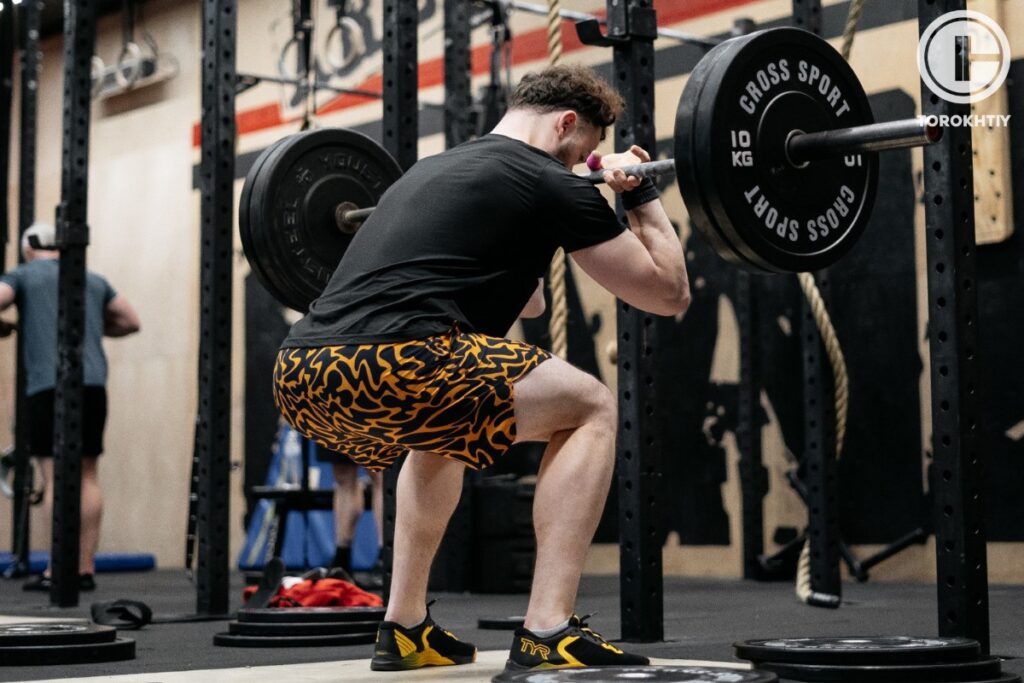
Lack of mobility is another critical factor contributing to shoulder pain during squats. Adequate shoulder, thoracic spine and hip mobility, crucial for maintaining proper squat form. Limited mobility in this area forces the body to compensate, often putting undue stress on the shoulders.
For example, if a lifter cannot achieve significant thoracic extension, the shoulder may round forward, placing additional strain on the shoulder joints and muscles.
Previous injuries to the shoulder or surrounding areas can also predispose athletes to experiencing shoulder pain during squats. Injuries, such as rotator cuff tears, shoulder impingement or even previous back and neck issues can affect squatting form and shoulders stability, leading to discomfort and pain during the exercise.
Improper warm up routines significantly contribute to the risk of shoulder pain. A comprehensive warm-up increases blood flow to the muscles, improves mobility and prepares the joints for the load. Skipping this step or not warming up adequately can leave the shoulders tight and more susceptible to strain and injury during squats.
Additionally, an imbalance in muscle strength and flexibility around the shoulder girdle and upper back can lead to improper bar control and positioning. Ensuring a balanced development of the chest, back and shoulder muscles, along with consistent mobility work, can help mitigate these issues.
Preventing Shoulder Pain
To prevent shoulder pain, particularly when the bar hurts shoulders when squatting, it’s essential to adopt a multifaceted approach that encompasses proper warm routines, form, corrections, mobility, exercises, and equipment adjustments.
1. Proper Warm-up Routines
Start with general cardiovascular exercises to increase overall body temperature, followed by dynamic stretches, focusing on the shoulders, chest and upper back. Incorporate movements like arm circles, band pull-apart and shoulders dislocates to enhance mobility and activate the rotator cuff muscles.
This preparatory phase is crucial for lubricating the shoulder joints and increasing muscle elasticity, which in turn reduces the risk of injury.
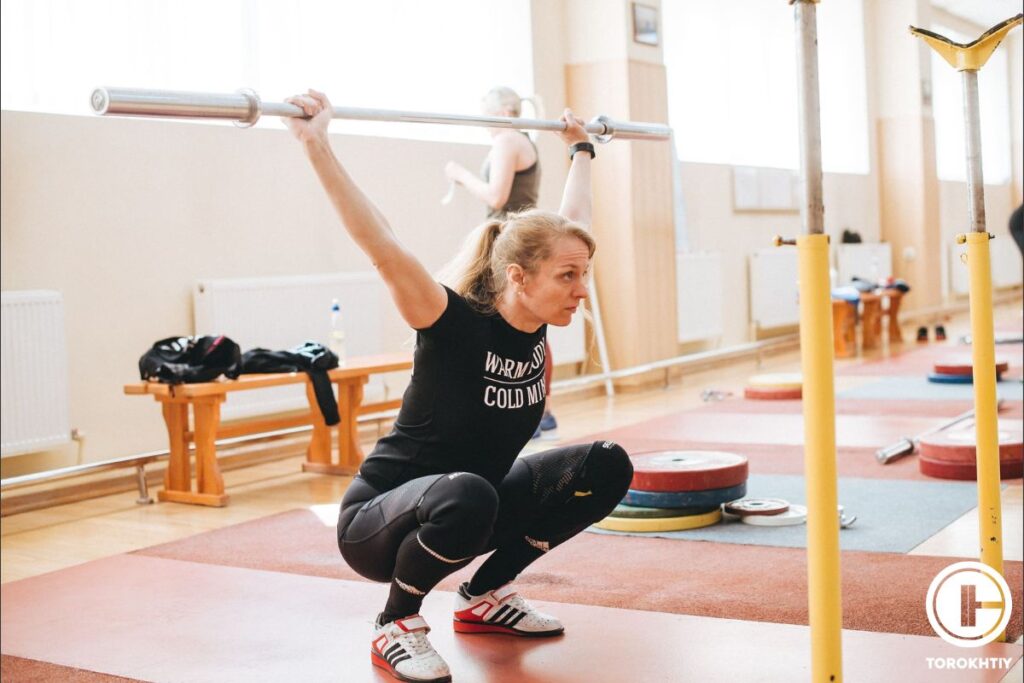
2. Form Corrections
Proper squatting technique is paramount in preventing shoulder discomfort. Ensure the bar is positioned correctly on your back, suitable for the type of squat you`re performing. For the low bar squat, position the bar across the posterior deltoids, just below the spine of the scapula. For the high bar squat, rest the bar on the trapezius muscles near the base of the neck.
Keep your grip just outside the shoulder width to maintain balance and stability without overstraining the shoulders. Additionally, focus on keeping your chest up and shoulder blades retracted and depressed throughout the squad to promote a neutral spine and reduce stress on the shoulders.
3. Mobility Exercises
Regularly incorporating mobility exercises in your routine can significantly improve shoulder flexibility and function.
Exercises such as thoracic spine rotations, wall slides and pec stretches can increase the range of motion and reduce stiffness around the shoulder. Improved mobility, allows for better positioning of the bar and more efficient squatting technique, minimizing the risk of pain.
🔻SQUAT MOBILITY PROGRAM
Unlock Your Squat Potential!
- ⚙️ Boost Flexibility
- 💪 Master Deep Squats
- 🏋️ Excel in Olympic Lifts
- 🏆 Achieve Personal Bests
Perfect for all levels! Join now and enjoy:
- 🔹 60+ Visual Exercises
- 🔹 6-Week Transformation
- 🔹 Progress Tracking
- 🔹 One-Time Payment
Don’t let mobility limit your gains. Invest in yourself today! 💥💪
4. Equipment Adjustments
Using the right equipment can also play a significant role in preventing shoulder pain. For some using a squat pad or wrapping in the bar with a towel can provide additional cushioning and reduce the direct pressure on the shoulders.
Additionally, considering alternative bars, such as safety squat bar can alleviate stress on the shoulders by allowing for a more natural hand and arm positioning during the squat.
Treatment and Recovery
For individuals already experiencing shoulder pain several treatment and recovery strategies can be employed to facilitate healing and prevent further injury. A comprehensive approach should include immediate care, ongoing rehab and professional consultation when necessary.
1. Rest
Initially, it’s crucial to reduce or eliminate activities that exacerbate shoulder pain, including heavy squatting. Giving the body time to heal is fundamental. Continuing to stress a painful shoulder can lead to more severe injuries or chronic conditions.
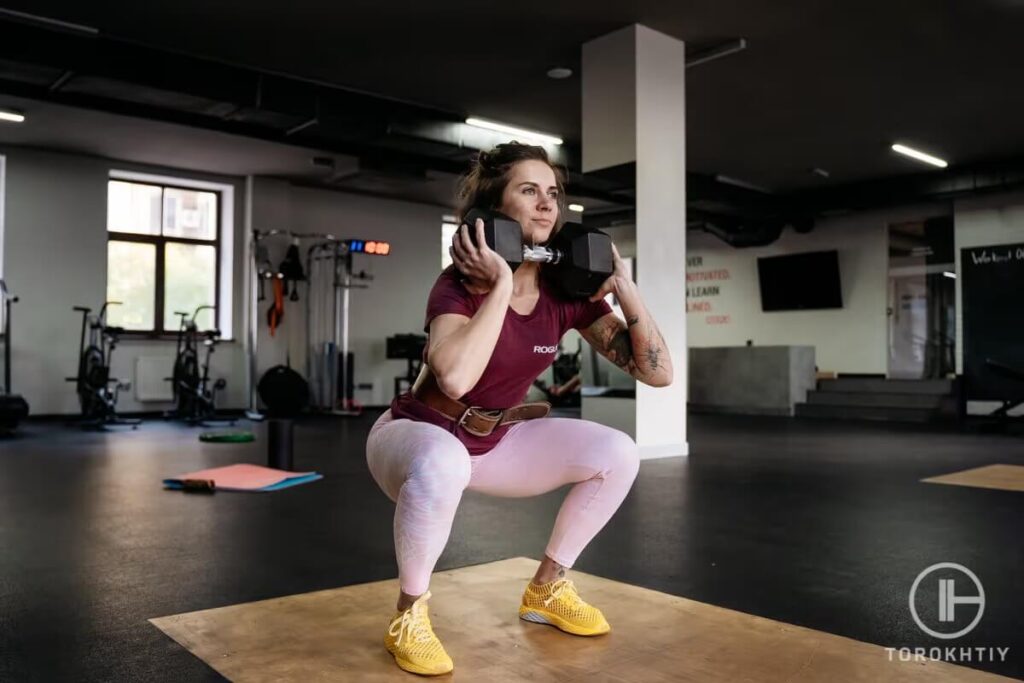
2. Ice
Applying ice to the affected area can help reduce inflammation and pain. Use an ice pack wrapped in a cloth to avoid direct skin contact and apply it to the shoulder for 15-20 minutes every few hours during the first 48-72 hrs. following the onset of pain.
3. Compression and Elevation
These elements are more challenging to apply to the shoulder area but can be beneficial. For compression, consider using a compression wrap or sleeve designed for shoulder support. Although elevation is tricky, aim to keep the shoulder elevated when possible, especially when sitting or lying down, to help decrease swelling.
4. Physical Therapy
Engaging in physical therapy is often a critical step in recovering from shoulder pain. A physical therapist can provide a tailored set of exercises to strengthen the shoulder, improve mobility and facilitate proper healing. These drills often focus on rotator cuff strengthening, scapular stabilization and improving overall shoulder girdle health.
5. Professional Consultation
If shoulder pain persists despite these measures or if there is a significant acute pain or loss of function it is important to see a healthcare professional. This could be a sports medicine specialist, an orthopedic physician or physiotherapist. They can offer a diagnosis, advanced treatment options, such as medication or injections, and if necessary – surgery.
FAQ
Why Do My Shoulders Hurt When I Do Low Bar Squats?
Your shoulders may hurt during low bar squats due to the increased demand for shoulder, flexibility and external rotation. This position can strain the rotator cuff and shoulder joint, especially if you have tight shoulders or an improper bar placement.
Can I Squat With Rotator Cuff Injury?
Squatting with a rotator cuff injury is not recommended without medical clearance. It could worsen the injury. Modifications or alternative exercises may be needed to avoid stressing the injured area.
Is It Normal To Have Shoulder Pain When Lifting?
It is not normal to have shoulder pain when lifting pain indicates that something may be wrong such as poor form, overuse, or an underlying injury. It’s important to assess your technique and consult a professional if pain persists.
Conclusion
Shoulder pain, when squatting is a common issue that can be mitigated through proper warm-up form correction mobility exercises and equipment adjustments, addressing the causes of shoulder pain, such as poor form, or lack of mobility, is crucial for prevention and recovery.
We encourage readers to take preventive measures seriously and seek professional help when needed. Stay active in the comments to share your experiences or ask for advice, fostering a community of support and knowledge sharing.
Referenses:
- Kjær BH, Cools AM, Johannsen FE, Trøstrup J, Bieler T, Siersma V, Magnusson PS. To allow or avoid pain during shoulder rehabilitation exercises for patients with chronic rotator cuff tendinopathy-Study protocol for a randomized controlled trial (the PASE trial). Trials. 2024 Feb 21;25(1):135. doi: 10.1186/s13063-024-07973-6. PMID: 38383459; PMCID: PMC10880378.
- Kristiansen E, Larsen S, Haugen ME, Helms E, van den Tillaar R. A Biomechanical Comparison of the Safety-Bar, High-Bar and Low-Bar Squat around the Sticking Region among Recreationally Resistance-Trained Men and Women. Int J Environ Res Public Health. 2021 Aug 6;18(16):8351. doi: 10.3390/ijerph18168351. PMID: 34444101; PMCID: PMC8392107.
- Bengtsson V, Berglund L, Aasa U. Narrative review of injuries in powerlifting with special reference to their association to the squat, bench press and deadlift. BMJ Open Sport Exerc Med. 2018 Jul 17;4(1):e000382. doi: 10.1136/bmjsem-2018-000382. PMID: 30057777; PMCID: PMC6059276.
- Strömbäck E, Aasa U, Gilenstam K, Berglund L. Prevalence and Consequences of Injuries in Powerlifting: A Cross-sectional Study. Orthop J Sports Med. 2018 May 14;6(5):2325967118771016. doi: 10.1177/2325967118771016. PMID: 29785405; PMCID: PMC5954586.
- Maity P, De S, Pal A, Dhara PC. An experimental study to evaluate musculoskeletal disorders and postural stress of female craftworkers adopting different sitting postures. Int J Occup Saf Ergon. 2016;22(2):257-66. doi: 10.1080/10803548.2016.1152736. Epub 2016 Apr 8. PMID: 27055480.
- All photos are made by our Torokhtiy Media Team
Why Trust Us?
With over 20 years in Olympic Weightlifting, our team does its best to provide the audience with ultimate support and meet the needs and requirements of advanced athletes and professional lifters, as well as people who strive to open new opportunities and develop their physical capabilities with us.
By trusting the recommendations of our certified experts in coaching, nutrition, dietology, and sports training programming, as well as scientific consultants, and physiotherapists, we provide you with thorough, well-considered, and scientifically proven content. All the information given in the articles concerning workout programming, separate exercises, and athletic performance, in general, is based on verified data. We ensure that you can rely on our professionals’ pieces of advice and recommendations that can be treated as personalized ones which will benefit you and fully meet your needs.
The product testing process is described in more detail here
Author: Sergii Putsov
Head of Sport Science, PhD
Best Results: Snatch – 165 kg,
C&J – 200 kg
Sergii Putsov, Ph.D., is a former professional weightlifter and National team member, achieving multiple medals in the 94 kg weight category at national competitions. With a Master’s degree in “Olympic & Professional Sport Training” and a Sport Science Ph.D. from the International Olympic Academy, Greece, Sergii now leads as the Head of Sport Science. He specializes in designing training programs, writing insightful blog articles, providing live commentary at international weightlifting events, and conducting educational seminars worldwide alongside Olympic weightlifting expert Oleksiy Torokhtiy.

